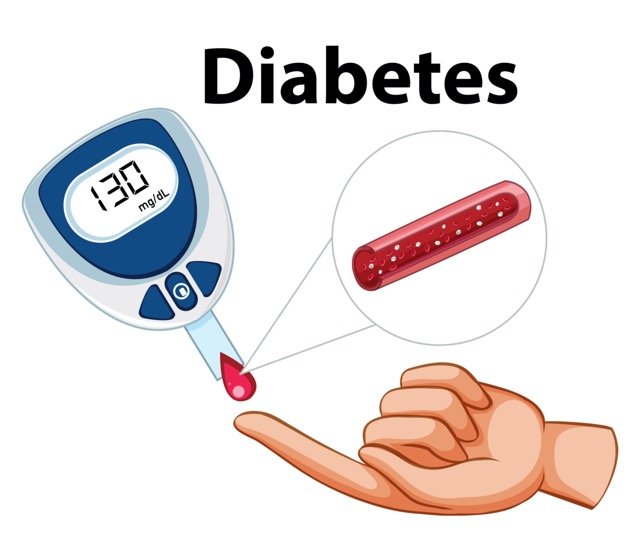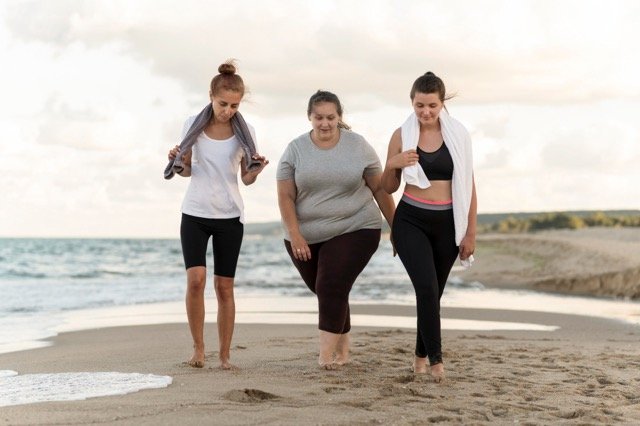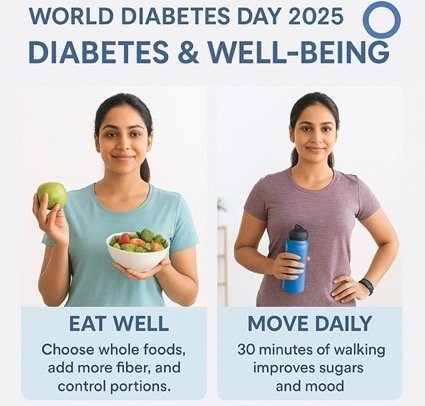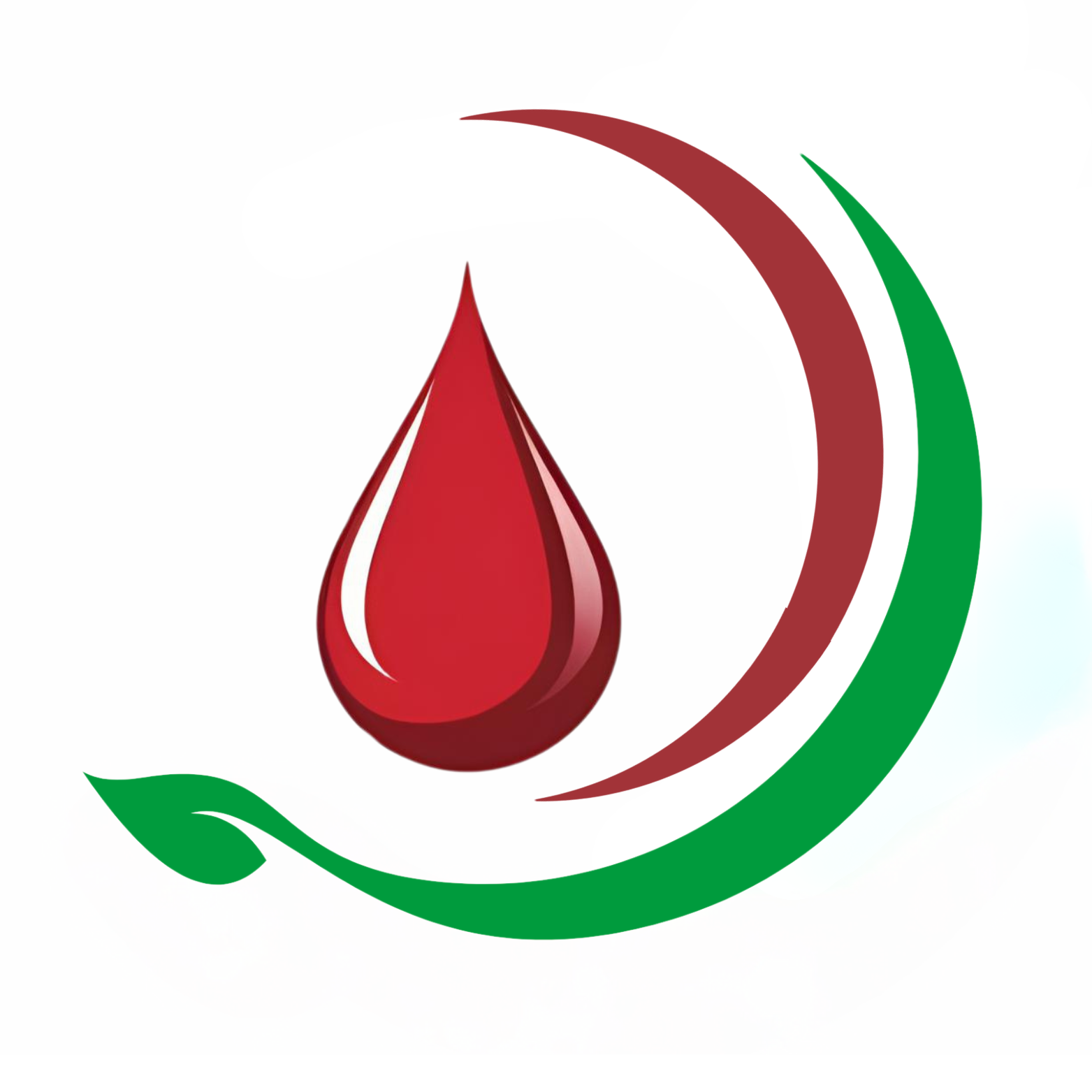A live attenuated vaccination called Varivax (Varicella Virus Vaccine) promotes active protection against the varicella virus. It is used in the prevention of varicella (Chickenpox) in the following group of patients:
- For the prevention of varicella in persons aged 1 year and older
- All kids, teens, and adults who don't exhibit immunity are advised to get vaccinated, according to the Advisory Committee on Immunization Practices (ACIP).
- Vaccination is especially required for:
- Adolescents and adults in households with children
- Household contacts of immunocompromised patients
- Persons in environments where transmission has been previously reported
- People who reside or work in places where transmission is quite likely, such as childcare providers, instructors, residents, and institutional employees
- Nonpregnant women of childbearing age
- International travelers
- Health care people
- It is laso used as off-label medicine in postexposure prophylaxis of varicella
Varivax Dose in Adults
Varivax dosage in the treatment of Varicella immunization:
-
- Two doses are given of 0.5 mL separated by ≥ 1 month (1-2 months apart).
- All children and adults without proof of immunity are advised to receive two doses of the vaccine, according to the ACIP.
- People who received only one dose of a varicella vaccine should receive a second dose.
- Canadian labeling:
- 2 separate dosages 0.5 mL are administered 4 to 8 weeks apart (Varivax III) or after 6 weeks.
- Adults and adolescents who have only had one dose of the vaccine are advised to get a second dose, according to the NACI.
Off Label Dosage in the Postexposure prophylaxis of healthy, previously unvaccinated individuals:
- It is best to provide 0.5 mL subQ within 3 days of exposure, albeit this can happen up to 5 days later.
Varivax Dose in Childrens
Varivax dose in the treatment of Primary immunization:
- CDC and ACIP recommendations:
- Children ≥12 months:
- It is given as 0.5 mL subQ per dose for a total of 2 doses administered as:
- 12 - 15 months of age and 4 - 6 years of age.
- If more than three months have gone since the first treatment, the second dose may be given sooner.
- It is regarded as valid if the second dose is administered four weeks following the first dose.
- It is given as 0.5 mL subQ per dose for a total of 2 doses administered as:
- Children ≥12 months:
- Canadian labeling:
-
- Children:
- Varilrix:
- 2 doses of 0.5 mL S/C separated by ≥6 weeks
- Varivax III:
- 0.5 mL S/C as a single dose
- Varilrix:
- Adolescents:
- SubQ:
- 2 doses 0.5 mL S/C given separated by 4 to 8 weeks (Varivax III) or ≥6 weeks (Varilrix)
- SubQ:
- Children:
-
Varivax dose in the treatment of Catch-up immunization:
- Children and Adolescents:
- ACIP recommendations: Series should not be restarted.
-
- 0.5 mL subQ per dose is given for a total of 2 doses administered as follows:
- first dose administered on the chosen day
- If the patient is younger than 13 years old, the second dose is typically administered at least 3 months or at least 1 month following the first dose (if age is more than 13 years).
- 0.5 mL subQ per dose is given for a total of 2 doses administered as follows:
Varivax dose in the postexposure prophylaxis of healthy, previously unvaccinated individuals:
- Children older than 12 months and Adolescents:
- Ideally, 0.5 mL subQ should be administered within 72 hours of exposure, however it is possible to use it up to 120 hours later.
Pregnancy Risk Factor: D
- Pregnancy should be avoided for three months after receiving the varicella virus vaccination, which is contraindicated for females.
- These women's miscarriage and birth defect rates did not appear to be higher than background levels.
- Additionally, there were no newborns born with anomalies suggestive with congenital varicella syndrome.
- Congenital varicella syndrome can result from varicella infection in the first or second trimester.
- The newborn can contract varicella if the mother contracts it starting five days before delivery and lasting until two days after delivery.
- During a prenatal checkup, all women should be examined for immunity; those who don't show any signs of immunity should be immunised following the completion or termination of pregnancy.
Varivax vaccine use during breastfeeding:
- Status of varicella is nor known in breast milk.
- The decision to breastfeed after an immunization should take into account the chance of infant exposure, the effects of breastfeeding to the infant, and benefits of treatment to the mother.
- Guidelines recommend that immunization should not be delayed due to breastfeeding and vaccinated women may continue breastfeeding.
- Breastfed infants should be vaccinated as recommended schedules.
Varivax Dose in Renal Disease:
- There are no dosage adjustments given in the manufacturer's labeling in patients with renal disease.
Varivax Dose in Liver Disease:
- There are no dosage adjustments given in the manufacturer's labeling.in patients with liver disease.
Common Side Effects of Varivax vaccine include:
- Local:
- Injection site reaction includes
- Swelling
- Pain
- Hematoma
- Numbness
- Stiffness
- Induration
- Erythema
- Injection site reaction includes
- Miscellaneous:
- Fever
Less Common Side Effects of Varivax Vaccine Include:
- Central Nervous System:
- Irritability
- Fatigue
- Nervousness
- Headache
- Malaise
- Sleep Disturbance
- Chills
- Dermatologic:
- Diaper Rash
- Skin Rash
- Contact Dermatitis
- Urticaria
- Dermatitis
- Eczema
- Pruritus
- Miliaria
- Xeroderma
- Varicella-Like Rash
- Gastrointestinal:
- Constipation
- Anorexia'
- Nausea
- Aphthous Stomatitis
- Dental Discomfort
- Vomiting
- Abdominal Pain
- Diarrhea
- Genitourinary:
- Hematologic & Oncologic: Lymphadenopathy
- Herpes Labialis
- Hypersensitivity:
- Hypersensitivity Reaction
- Neuromuscular & Skeletal:
- Neck Stiffness
- Myalgia
- Arthralgia
- Ophthalmic:
- Eye Discomfort
- Otic:
- Otitis
- Respiratory:
- Respiratory Tract Disease (Lower/Upper)
- Cough
Contraindication to Varivax Vaccine Include:
- Patients with AIDs or other clinical signs of HIV
- Having primary and acquired immunodeficiency states;
- active & untreated tuberculosis
- severe allergic reaction involving the vaccine, gelatin, neomycin, or any other formulation component
- Individuals with compromised immune systems, immunosuppressed patients, including those with lymphomas, leukaemia, or other malignant
- neoplasms that affect the lymphatic or bone marrow systems (including immunosuppressive doses of corticosteroids)
- Suffering from febrile illness
- Pregnant
Warnings & Precautions
- Anaphylactoid/ Allergic reactions:
- Epinephrine 1 mg/mL for anaphylactoid and hypersensitivity responses should be available when using the vaccination.
- CNS infection:
- Immunocompetent people who had previously received the varicella virus vaccine have experienced cases of meningitis and encephalitis caused by the vaccine strain of the virus months to years after vaccination.
- Cases frequently include an existing or recent herpes zoster rash.
- Syncope:
- Utilization of injectable vaccines has been associated with syncope, which can result in severe secondary injuries such skull fracture and brain bleeding.
- If syncope occurs, actions should be taken to restore cerebral perfusion and prevent injury from falls.
- Acute illness:
- Although the manufacturer states that fever is a contraindication, current recommendations allow vaccination delivery to people with mild acute illnesses.
- Altered immunocompetence:
- Immunodeficient or immunosuppressed individuals should not use this vaccination.
- Near family and friends of immunocompromised people can get the majority of age-appropriate immunizations.
- When possible, live vaccinations should be administered up to 4 weeks before immunosuppression and prevented within 2 weeks of immunosuppression.
- After receiving immunosuppressive therapy, live vaccinations shouldn't be administered for at least 3 months.
- HIV:
- HIV-infected children who have CD4+ T lymphocyte percentages above 15% for their age can receive live attenuated varicella vaccine.
- Children above the age of 8, teenagers, and adults with CD4+ T-lymphocyte counts under 200 cells per microliter are eligible for vaccination.
Monitor:
- Keep an eye out for allergy symptoms like rash and fever.
15 minutes after injection, keep an eye out for syncope and allergic responses. - Maintain the patient in a supine or Trendelenburg position if seizure-like activity accompanied by syncope occurs in order to restore appropriate cerebral perfusion.
How to administer Varivax vaccine?
SubQ:
- Inject in the lateral or anterior portion of the upper thigh.
- Give intramuscularly or intravenously not.
- Give right away after reconstitution.
- Only administer Varilrix (a Canadian medication) to the deltoid area.
- It shouldn't be combined with other injections or immunizations.
- For each injection, separate needles and syringes should be used.
- By administering the shot while seated or lying down, syncope-related risks can be avoided.
Mechanism of action of Varivax (Varicella virus) vaccine:
- It is a live attenuated vaccine.
- By triggering cell-mediated and humoral immune reactions, it provides active immunisation against the varicella-zoster virus, which is the cause of Chickenpox.
The onset of action:
- After a single treatment and two doses, the rates of séroconversion after 4–6 weeks are 97% and 99.9%, respectively.
- The seroconversion rate was around 75% after 4 weeks of the first dosage and 99% after 4 weeks of the second dose in adults and adolescents older than 13 years old.
Duration of action:
- Antibody titers can be found 10 years after vaccination.
- The antibody titers may vary by year and age group, but for children at ten years and for adults and adolescents at six years post-immunization, they range from 99% to 100%.
- The wild type of varicella may increase antibody levels.
International Brands of VAR:
- Okavax
- V-Z Vax
- Vaccin Varilrix
- Varcelvax
- Varicela Biken
- Varilrix
- Varipox
- Varivax
Varicella Virus Vaccine in Pakistan:
- Okavax - Sanofi Aventis
- Varilrix - GSK
- Varivac - Changchun Changsheng Life Sciences/Hi-Warble
- Vaxapox - Sind Medical stores







